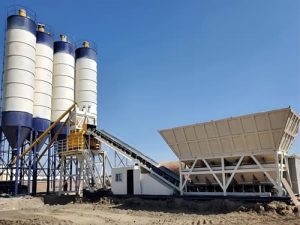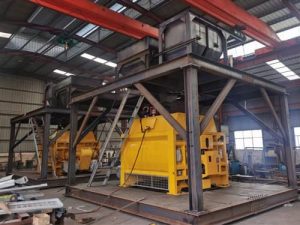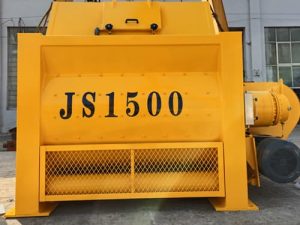Relative News
Products
The model designation of concrete mixer truck and relative mixing equipment is directly related to production efficiency and applicable scenarios through its specifications. Concrete mixers are primarily classified by loading capacity, while batching plants are named based on hourly production capacity. Together, they form the key equipment system for concrete production and transportation. The following explanation is organized from three aspects: model classification, parameter analysis, and selection strategy.
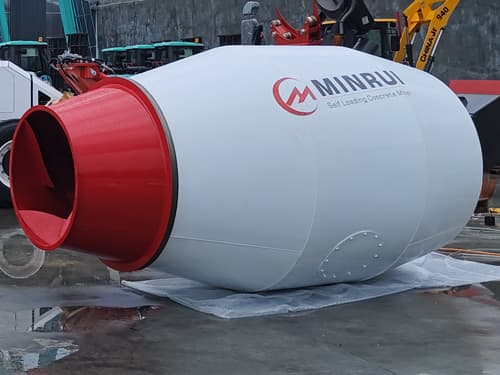
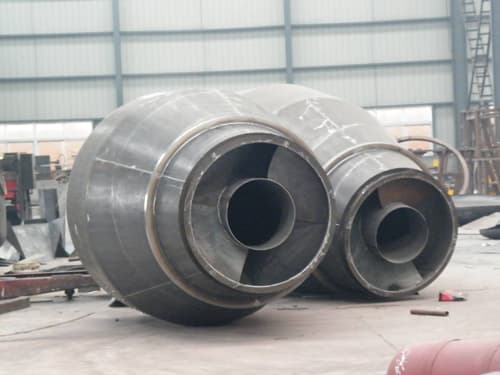
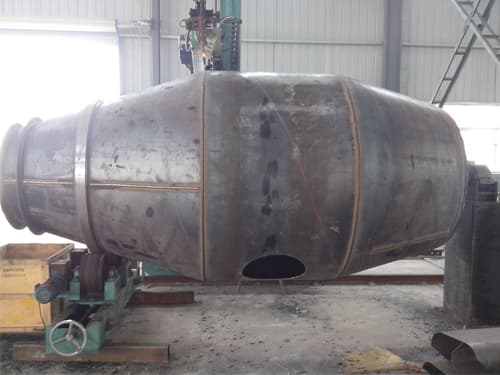
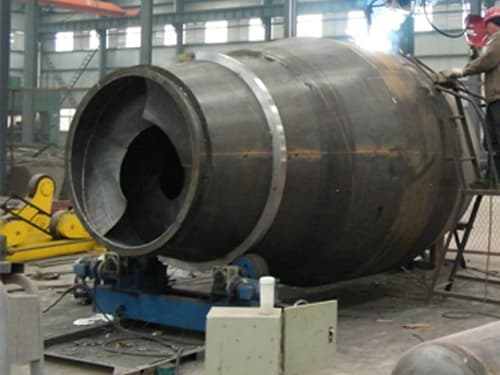
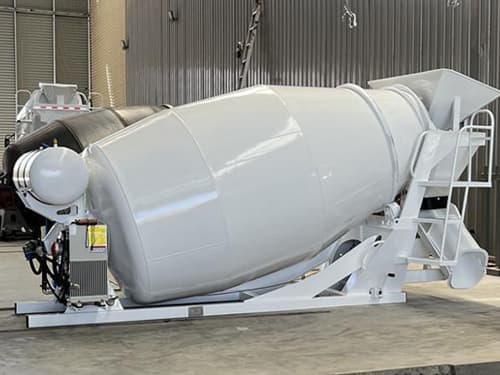
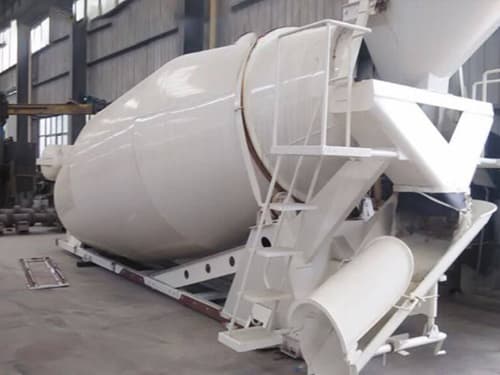
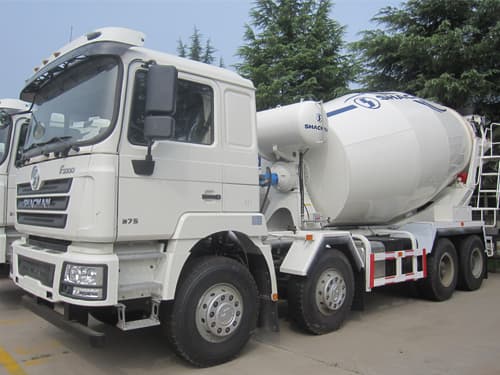
1. Classification of Concrete Mixer Truck Models and Specifications
(1) Main models classified by loading capacity
The model of the concrete mixer truck is primarily identified by the effective volume of the drum (unit: cubic meters), with common specifications ranging from 3 cubic meters to 16 cubic meters, specifically including:
- Mini concrete mixer trucks: 3 cubic meters, 3.5 cubic meters, 4 cubic meters, and 5 cubic meters, suitable for narrow sites or short-distance transportation, such as municipal engineering, rural construction, and similar scenarios.
- Medium concrete mixer trucks: 6 cubic meters, 8 cubic meters, 9 cubic meters, 10 cubic meters, balancing flexibility and loading capacity, widely used in urban construction projects.
- Large concrete mixer trucks: 12 cubic meters, 16 cubic meters, suitable for long-distance and large-scale transportation, requiring alignment with continuous material supply needs of large projects (such as highways, bridge construction).
(2) Correlation between Model Numbers and Core Parameters
Loading capacity directly affects vehicle configuration and cost:
- Volume and Price: The larger the volume, the higher the requirements for tank size, chassis load capacity, and hydraulic system, leading to increased vehicle cost (for example, a 16-cubic-meter model is significantly more expensive than a 6-cubic-meter model).
- Transportation Efficiency Matching: When charging by volume, prioritize 12–16 cubic meter large vehicles to reduce unit transportation costs; in monthly contracted transportation scenarios, 10–12 cubic meter vehicles can meet the basic requirements of most projects.
II. Concrete Batching Plant Model Nomenclature Rules and Specification System
(1) Model Number Code Interpretation
The model of the mixing plant is structured around “group code + mixer type + productivity,” with examples as follows:
- HZS120: H (Concrete), Z (Mixing Plant), S (Twin-Shaft Forced Mixer), 120 (Theoretical Productivity 120m³/h).
- HLD90: H (concrete), L (mixing plant), D (single horizontal shaft强制 mixer), 90 (theoretical productivity 90m³/h).
- Dual-unit designation: The prefix “2” indicates a dual production line, for example, 2HZS360 refers to a dual-unit configuration with a total theoretical productivity of 360m³/h.
(2) Mainstream Specifications and Production Capacity Characteristics
Divided by hourly productivity, common concrete batching plant models cover 25m³/h to 240m³/h, specifically including:
Model | Theoretical Productivity (m³/h) | Applicable Scenarios | Example Host Configuration |
|———-|———————|——————————|———————–|
HZS25 | 25 | Small construction sites, rural construction | Single-shaft mixer (1m³) |
HZS60 | 60 | Medium-sized construction projects | Twin-shaft mixer (1.5m³) |
HZS120 | 120 | Urban high-rise buildings, large infrastructure | Twin-shaft mixer (2m³) |
HZS180 | 180 | Super-large projects such as high-speed railways and airports | Twin-shaft mixer (3m³) |
HZS240 | 240 | Large-scale projects and commercial concrete enterprises | Dual-unit twin-shaft mixer |
Note: Actual capacity is affected by factors such as raw material supply and equipment status, and is typically lower than the theoretical value (e.g., the actual capacity of HZS180 is about 150–160 m³/h).
Three, core decision factors for model selection
(1) Concrete Mixer Truck Selection: Matching Transportation Requirements with Scenarios
- Freight pricing method: Choose large capacity (12–16 cubic meters) when charged by volume, and select medium capacity (10–12 cubic meters) for monthly rental to balance cost and flexibility.
- Site and Regulatory Constraints: Prioritize small 3-6 cubic meter vehicles for narrow construction sites; transportation on urban main roads must comply with vehicle outline dimensions and load restrictions.
(2) Selection of Mixing Plant: Matching Production Capacity with Project Scale
- Project duration and demand volume: For daily demand below 500m³, select HZS60-HZS90; for demand exceeding 1000m³, HZS120 or higher models are required.
- Raw material supply capacity: Ensure that reserves of aggregates, cement, and other materials meet the “5-day consumption + 2-day safety stock” requirement, avoiding idle production capacity due to material shortages.
4. Correlation between Model Identification and Equipment Composition
(1) Core system of the concrete mixer truck
Regardless of capacity, concrete mixers consist of ten major systems: chassis, hydraulic transmission, mixing drum, discharge, cleaning, subframe, control, support rollers, feed inlet, and electrical systems, among which the hydraulic system and drum material directly affect mixing uniformity and durability.
(2) Key Configuration of the Mixing Station
Productivity is determined by host performance: twin-shaft horizontal mixers (S) are suitable for high-grade concrete, while single-shaft horizontal (D), planetary (T), and other models are selected according to material characteristics, requiring matching with forced mixing technology to ensure homogeneity.
By analyzing the model, one can quickly determine equipment capacity, applicable scenarios, and core configurations. Selection should be made by comprehensively considering project scale, transportation mode, and cost budget, while paying attention to the differences between actual and theoretical capacity to avoid underutilization or overload operation.
